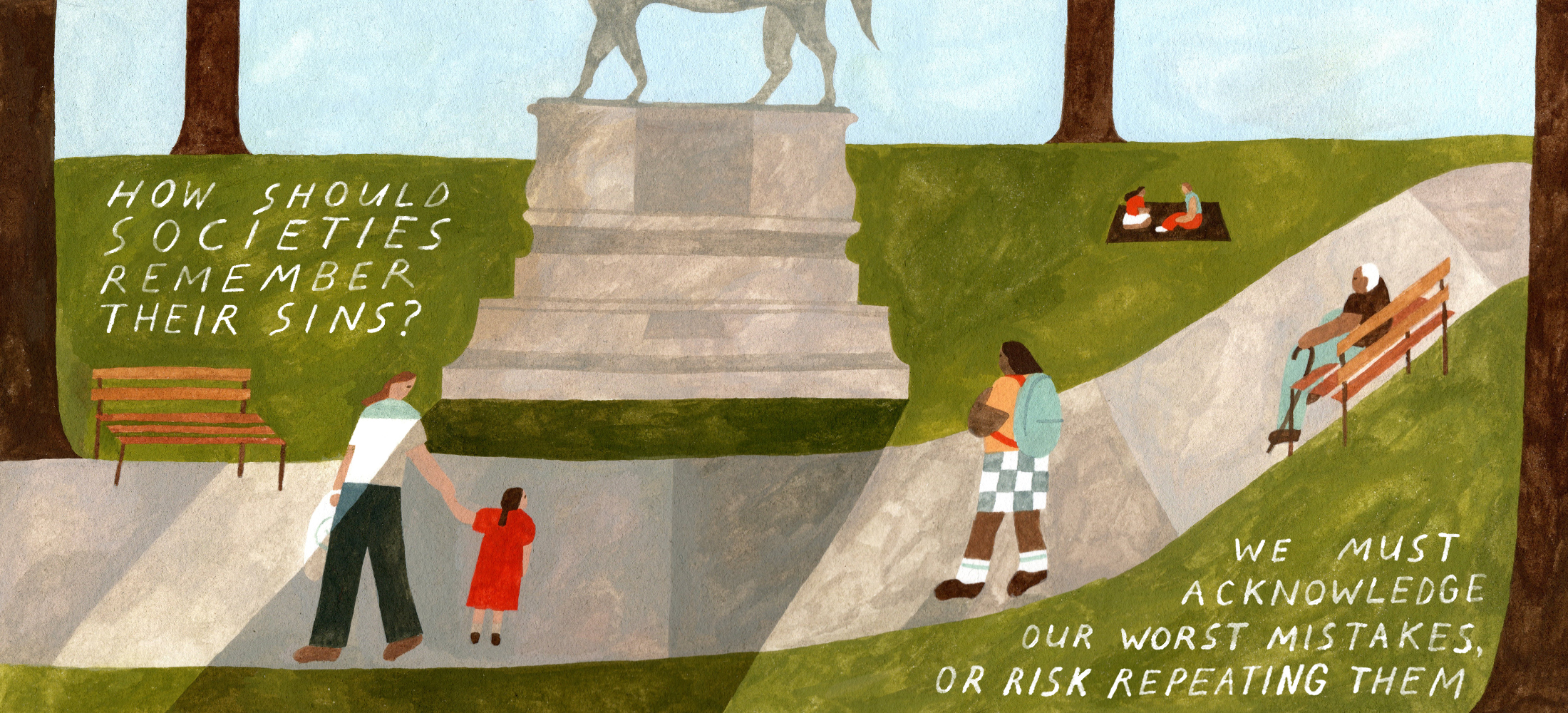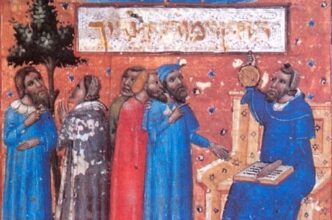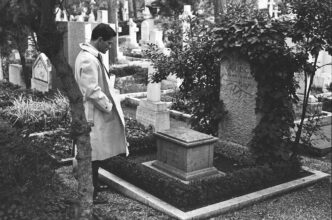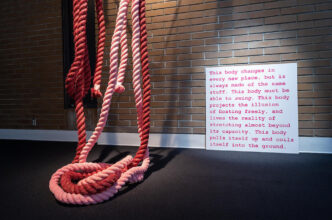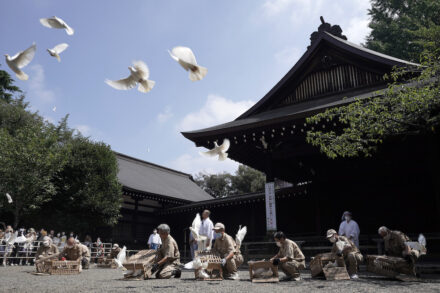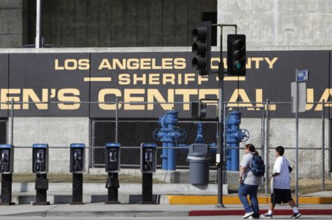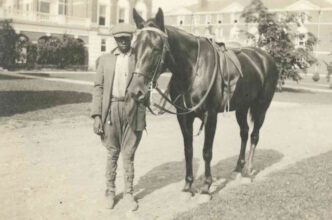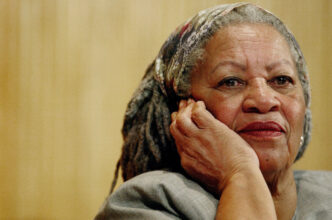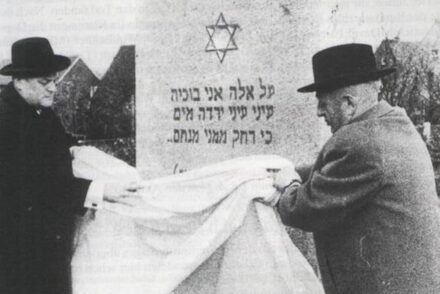Conspiracy and Complicity Got Our Democracy Here
What Role Have We All Played in the Spread of Disinformation and the Rise of Authoritarianism?
Two phenomena have characterized the outgoing Trump administration and spilled over to other countries around the world. The first is the astonishing power of conspiracy theories. The second is the no less astonishing capacity of generally honorable men and women to become complicit in the crimes and misdemeanors of the leaders for whom they work. Both were on vivid display on January 6, 2021, during the attempted insurrection at the Capitol and the prior and subsequent calls by Republican members of Congress to invalidate the results of a free and fair election …




